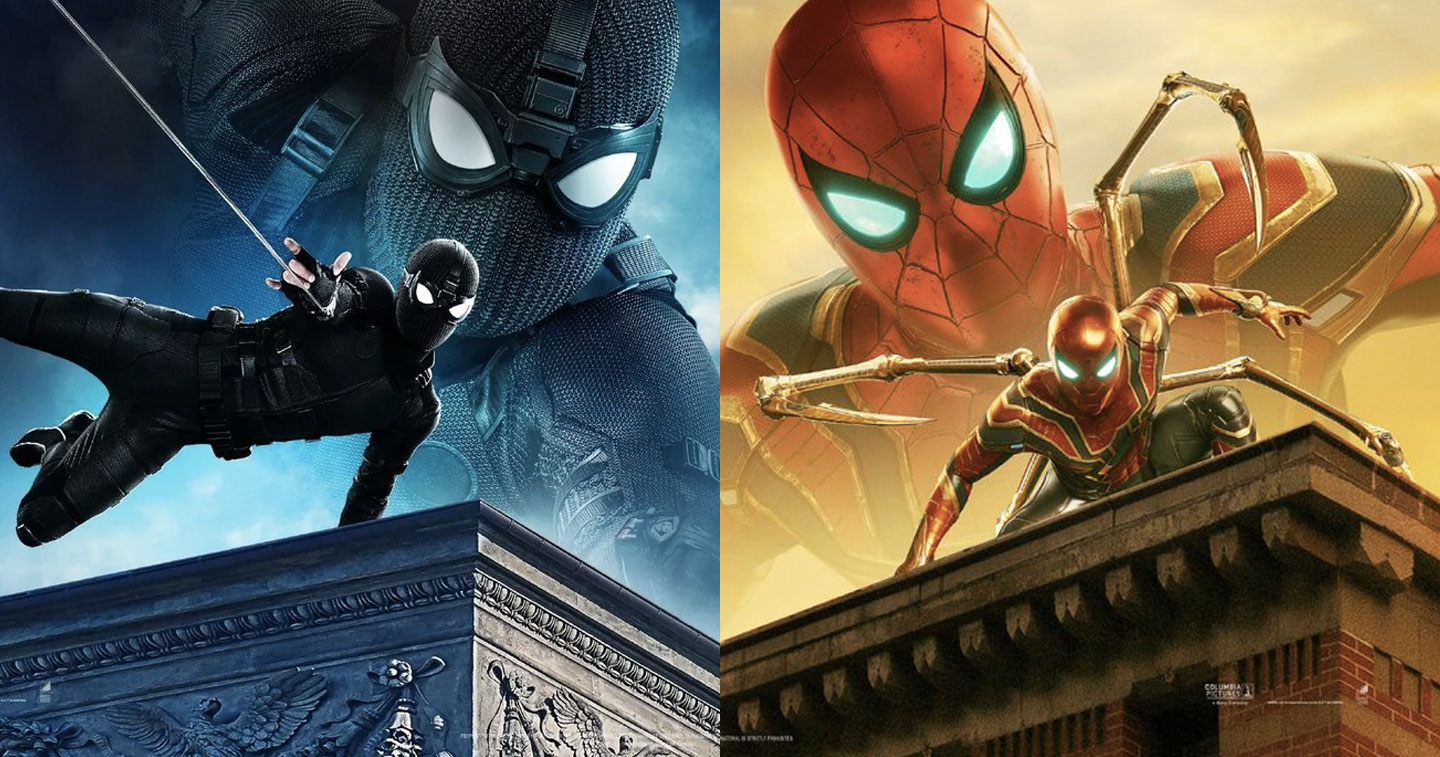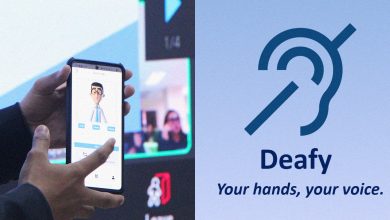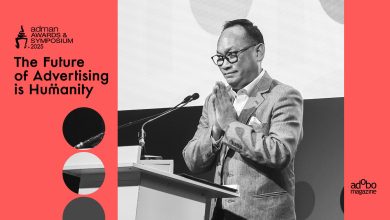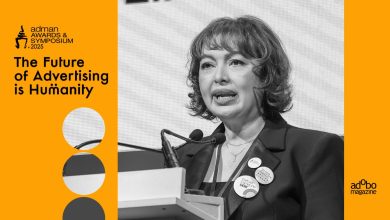How do you follow a movie that is at such an epic scale as Avengers: Endgame? The culmination of 11 years of Marvel Studios movies completely turned the superhero universe upside down while smashing box office records in the process. And though many heroes survived the final battle with Thanos, some did meet their tragic end, leaving those left behind to pick up the pieces. Among those affected is a hero who the late Iron Man (Robert Downey, Jr.) himself took under his wing, the friendly neighborhood Spider-Man.
Spider-Man: Far From Home explores the aftermath of both Avengers: Infinity War and Avengers: Endgame while also setting the stage for the next phase of the Marvel Cinematic Universe. Peter Parker (Tom Holland) is back from the conflict and is trying to balance being Spider-Man once again while exploring a relationship with MJ (Zendaya). His high school class, including best buddy Ned Leeds (Jacob Batalon) is given a field trip to Europe and Peter jumps at the opportunity to leave his superhero identity in New York.
To his dismay, Nick Fury (Samuel L. Jackson), Director of S.H.I.E.L.D., wants to recruit Peter for a mission. Quentin Beck (Jake Gyllenhaal), a supposed hero from another universe, claims that several creatures destroyed his Earth and are making inroads on our Earth. With several other Avengers unavailable, Fury turns to Peter for help. Peter also learns from Iron Man’s own chauffeur Happy Hogan (Jon Favreau) that Tony Stark left him his own personal A.I. bodyguard, E.D.I.T.H. Feeling the pressure of living up to Stark’s legacy and trust, Peter seems to want his cake and eat it too in terms of powers and life relationships.
If there’s one underlying theme in Tom Holland’s second starring turn as the wallcrawler, it’s about growing up. His Peter Parker has been forced to grow up since we all first saw him in 2016’s Captain America: Civil War, and he’s seen a lot of bad things, including basically dying himself. His teenage years should be about having fun, dating the girl he likes, and getting into bits of trouble here and there, definitely not battling super villains who are trying to wipe away half of living things in all existence.
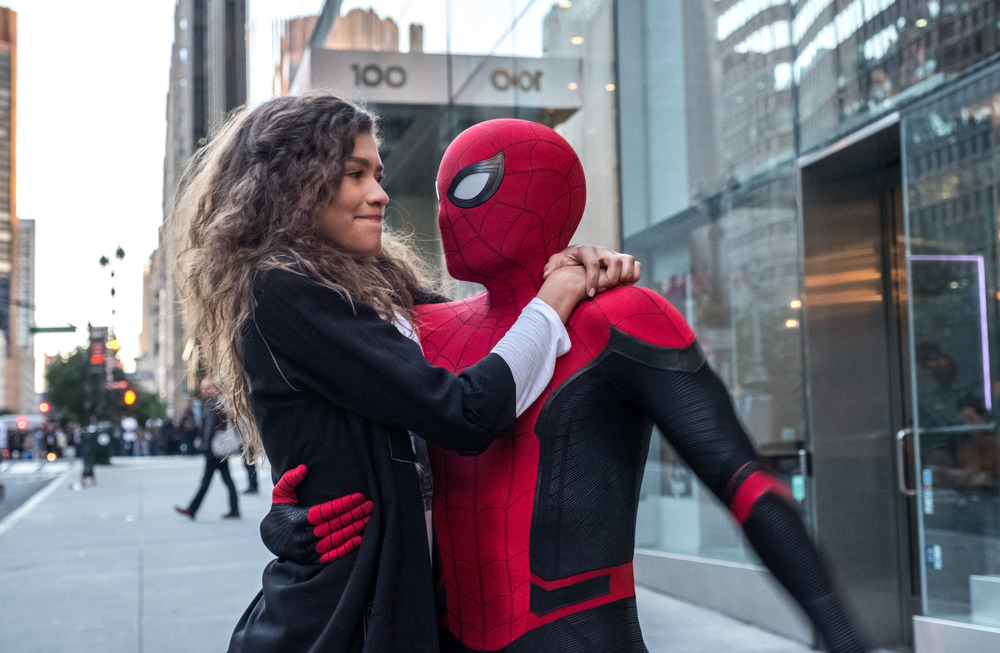
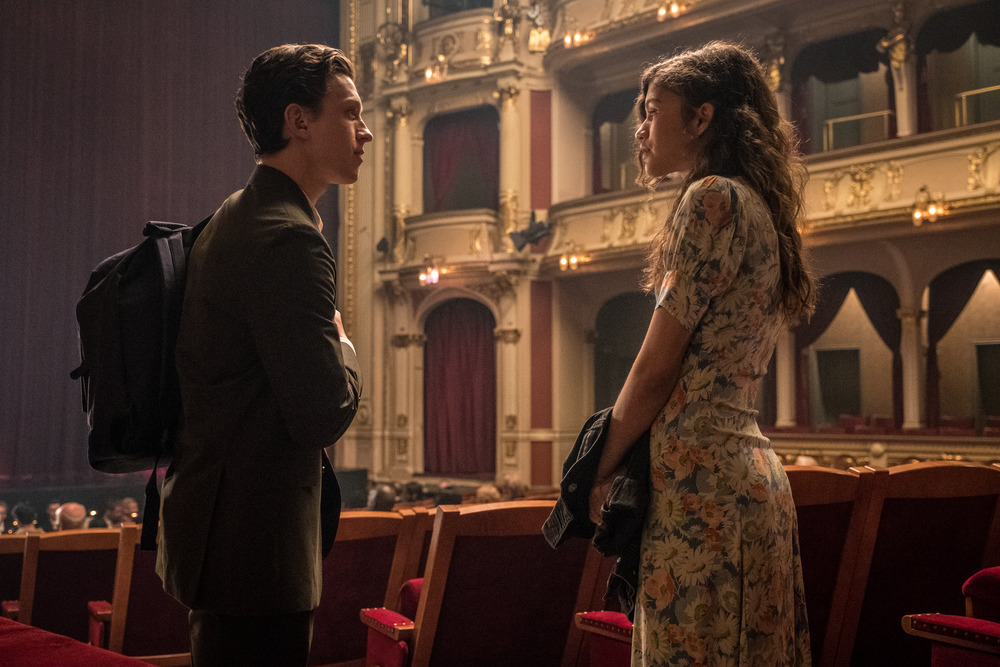
Peter already lost his first real father figure in his Uncle Ben, and another one, Tony Stark, is universally hailed as a martyr, giving him a near unreal standard to measure himself against. Yet that is part of what makes the Spider-Man character so relatable to many in the first place. He always seems to be battling to get ahead in life and just when he thinks he’s got the world on his side, something slaps him in the face to remind him that his “old Parker luck” is hardly ever good.
Gyllenhaal’s Beck gives Peter hope that someone can step in for him as the world’s “next Iron Man,” someone who can take on the big threats globally, leaving Spider-Man in his comfortable Queens, New York neighborhood. Beck (or “Mysterio” as he comes to be known) also has fantastic powers that lend themselves to some pretty mindblowing scenes in the film that would not have been possible in decades past. For all the goofiness of Mysterio’s classic “fishbowl head” look, his powers have never been shown on this scale in comics before as well.
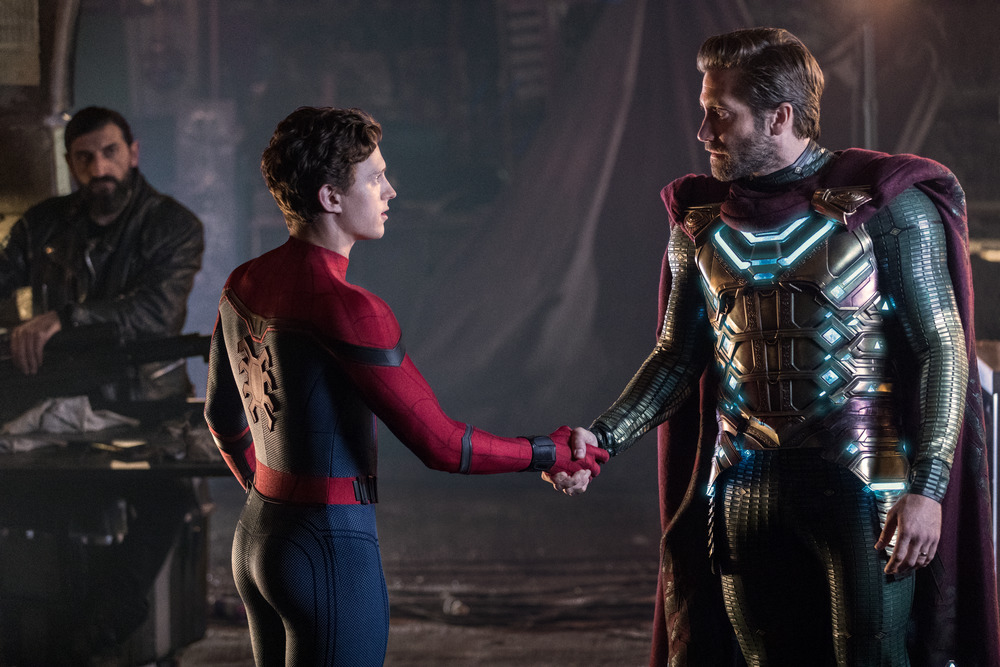
The chemistry between Holland and Batalon has been evident since 2017’s Spider-Man: Homecoming, and Batalon proves to be a great scene stealer once more here. Trying to come across as cool but also trying to impress Betty Brant (Angourie Rice), Ned is the best friend that Peter can share everything with, even his anxieties of being a superhero.
There are two end credit scenes for Spider-Man: Far From Home and they help set up what has been called “Phase Four” of the Marvel Cinematic Universe even as this specific film ends Phase Three. The first of these end credit scenes basically embodies Peter’s bad luck, but also places Spider-Man in a situation where he is often at his best: at odds with the law and viewed as a menace. Just as the Hulk’s best stories often find him on the run from the military or Iron Man’s best stories see him more like an anti-hero and not as a clear cut good guy, Spider-Man shines brightest when the public doesn’t trust him yet he still tries to be a hero. That’s when his real heroism manifests itself because it proves that he has long turned his back on the fame and accolades that come with public adulation. Instead, even when the people he saves spit on him, Spider-Man shakes his head, says something witty, and once again does the right thing for people who want nothing to do with him. That’s the hero that Stan Lee and Steve Ditko dreamed up back in 1962.
Photos from Columbia Pictures
About the Author:
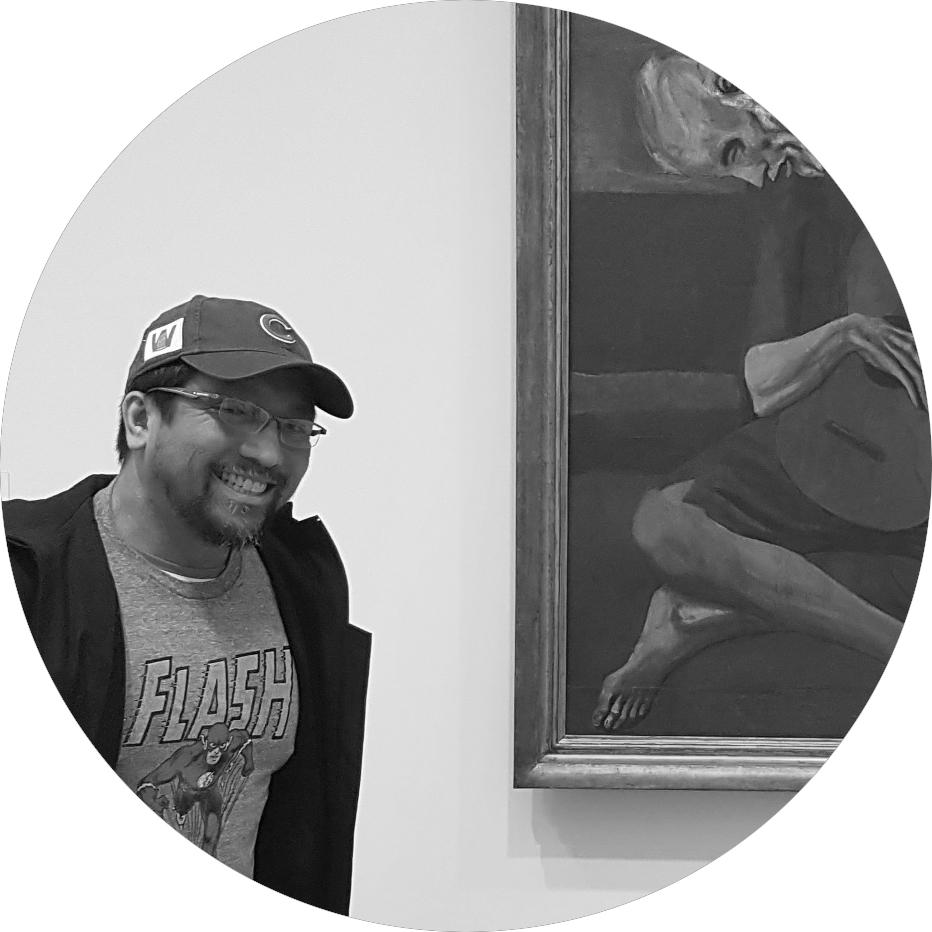
Jason Inocencio was once the Digital Editor of adobo magazine who still loves seeing great campaigns from all over the world. He proudly shows off his love for all kinds of geeky things, whether it be movies, TV shows, comics, sports, or trivia.

